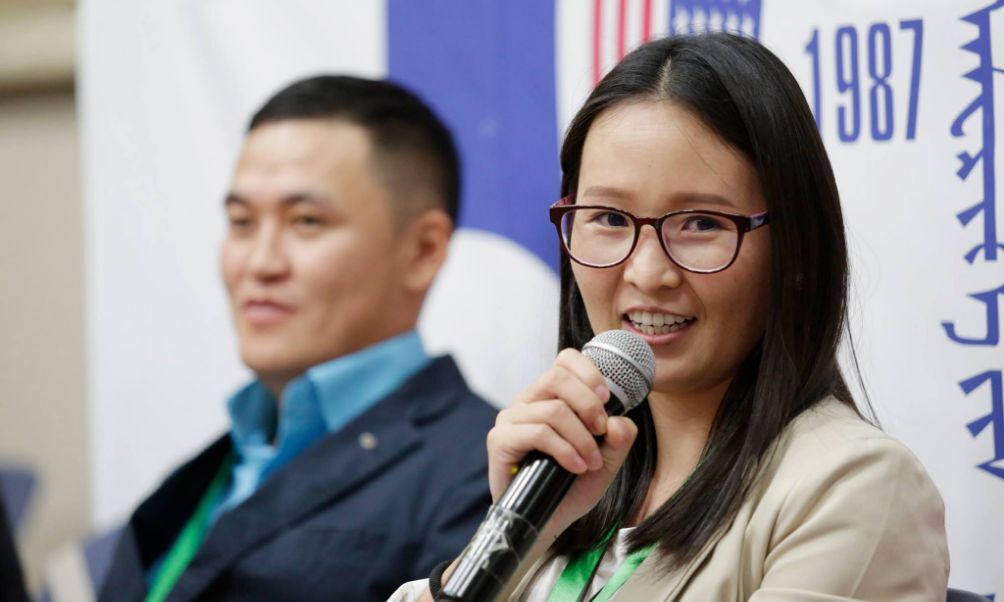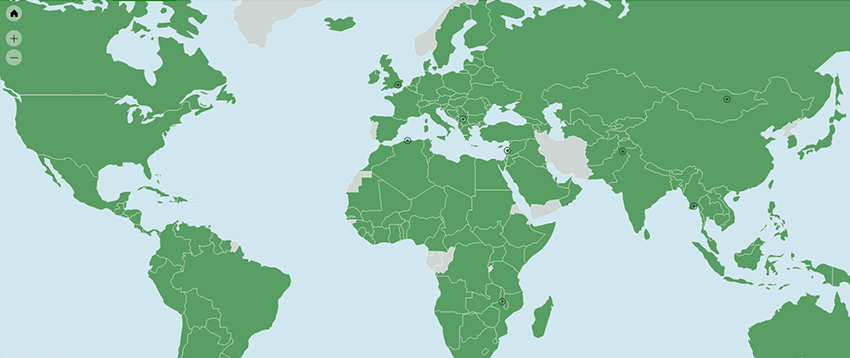-
What We Do
- WHERE WE WORK
-
About Us
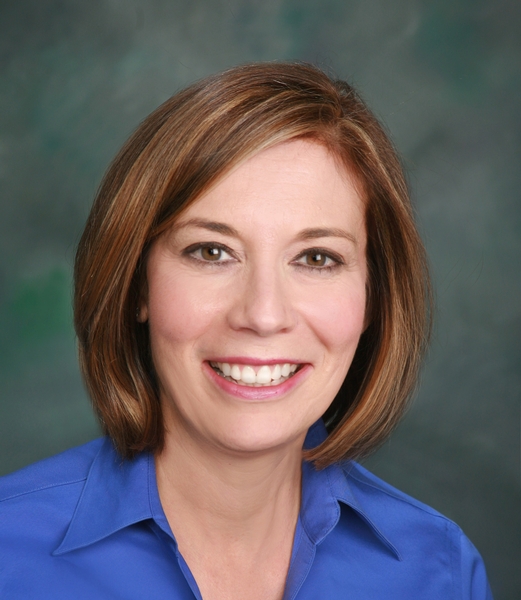 Welcome Message from Carol Jenkins
Welcome Message from Carol JenkinsFor more than 90 years, World Learning has equipped individuals and institutions to address the world’s most pressing problems. We believe that, working together with our partners, we can change this world for the better.
On my travels, I’ve had the opportunity to meet with many of those who have joined us in this mission. In Baghdad, we’ve trained more than 2,300 Iraqi youth who are already giving back at home. In London, our partners in the TAAP Initiative strongly believe that we are all responsible to practice inclusion. And in Vermont, our Experiment in International Living and School for International Training participants prove every day that they have the tools and the determination to change the world.
Please join us in our pursuit of a more peaceful and just world.
- Get Involved
Media Center > Story
Breaking Down Barriers to Employment for People with Disabilities
October 31, 2018
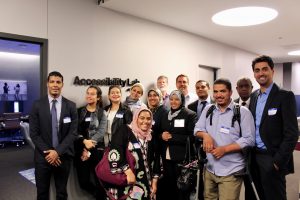
In Salt Lake City, Utah, nine professionals from the Middle East and North Africa experienced what inclusion of people with disabilities means in a state known for outdoor adventure. During their stay, they visited a rock climbing gym that offers adaptive equipment like harnesses and hand grips and climbing partners. The gym is not a separate facility just for people with disabilities but a place that brings a community of people of all abilities together.
These professionals were in the U.S. for three weeks as participants of the International Visitor Leadership Program (IVLP), an exchange program that brings professionals from a variety of fields to the U.S. to cultivate relationships and share experiences and expertise. Sponsored by the U.S. Department of State with funding provided by the U.S. government and administered by World Learning, this program focused on disability rights. The group saw how the Americans with Disabilities Act has created accessible spaces since it was enacted 28 years ago. They also learned about the progress that still needs to be made to break down barriers people with disabilities face in finding employment.
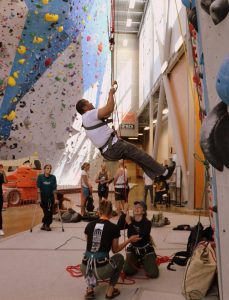
Facilities like the rock climbing gym can make a difference. Mohamed Elbadry, one of the IVLP participants, is a disability rights activist and athlete in Egypt. He sees sports as a way to express himself and increase his confidence. His participation in sports has also helped change others’ perceptions of what people with disabilities are capable of doing.
Changing these perceptions is key to increasing employment among people with disabilities. This October, the United States celebrated National Disability Employment Awareness Month (NDEAM), an effort led by the U.S. Department of Labor to raise awareness of the employment needs — and the capabilities — of people with all types of disabilities. Everyone can contribute their unique talents and skills to a job if given the opportunity.
During the IVLP experience, Elbadry and his colleagues learned many ways to address this worldwide employment gap between people with and without disabilities.
Education is an important place to start. The group visited different schools and universities to observe the support and accommodations they provide students with disabilities. Group members were particularly impressed with The College Experience, a program through which students with disabilities live independently on a college campus in Albany, New York. A partnership between the nonprofit Living Resources and the College of Saint Rose, the program helps youth with developmental disabilities take classes and transition to the workforce. The program showed the group what meaningful employment is possible when people with disabilities are given accommodations and assistive technology.
For Elbadry, the program provided a helpful example of how organizations can build bridges between the disability community and employers, which in turn helps employers understand why they should hire people with disabilities. He hopes to apply what he learned from this IVLP experience when he returns to Egypt. “I see that we need a center in each field of work or in each region that can help those who need training,” he says. “Every state [in Egypt] should have a team responsible for connecting with organizations and companies to ensure the employment of people with disabilities.”
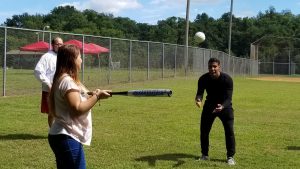
Hafid Babazahou, another IVLP participant, is president of an association of people with disabilities in Morocco. He learned from these meetings the importance of data collection. People with disabilities have been found to have higher attendance and a lower turnover rate on average than people without disabilities. Sharing this information and specifics about low-cost accommodations and assistive technology support can show potential employers why it makes good business sense to hire people with disabilities. Employment data can also demonstrate how to create jobs that play to the skills and strengths of people with disabilities. When employers understand facts about working with people with disabilities, it is possible to shift their attitudes and open doors to create a more diverse workforce.
Professional exchanges like the IVLP can spark new ideas and build connections that advance international disability rights. These meetings across the U.S. motivated participants to continue their advocacy for disability rights upon returning home.
These exchanges also remind the U.S.-based hosts, interpreters, and program administrators of the progress we have made over the years and what more needs to be done to change attitudes toward people with disabilities. By working together and sharing our best ideas, we can bridge the employment gap in communities and countries across the world.
— Amy Reid, Program Officer
As NDEAM draws to a close, this is a time of reflection for individuals and organizations across the world. Consider: How are you fostering a more diverse and inclusive workforce? Are people with visible disabilities recruited, hired, mentored, and advanced? If you need ideas for increasing disability inclusion in your organization, check out the Department of Labor’s National Disability Employment Awareness Month resources. Put up a poster, arrange for a disability education program, and advertise employment opportunities with your local Center for Independent Living or Rehabilitation Services Program. For international recruitment, advertise with Mobility International USA.

